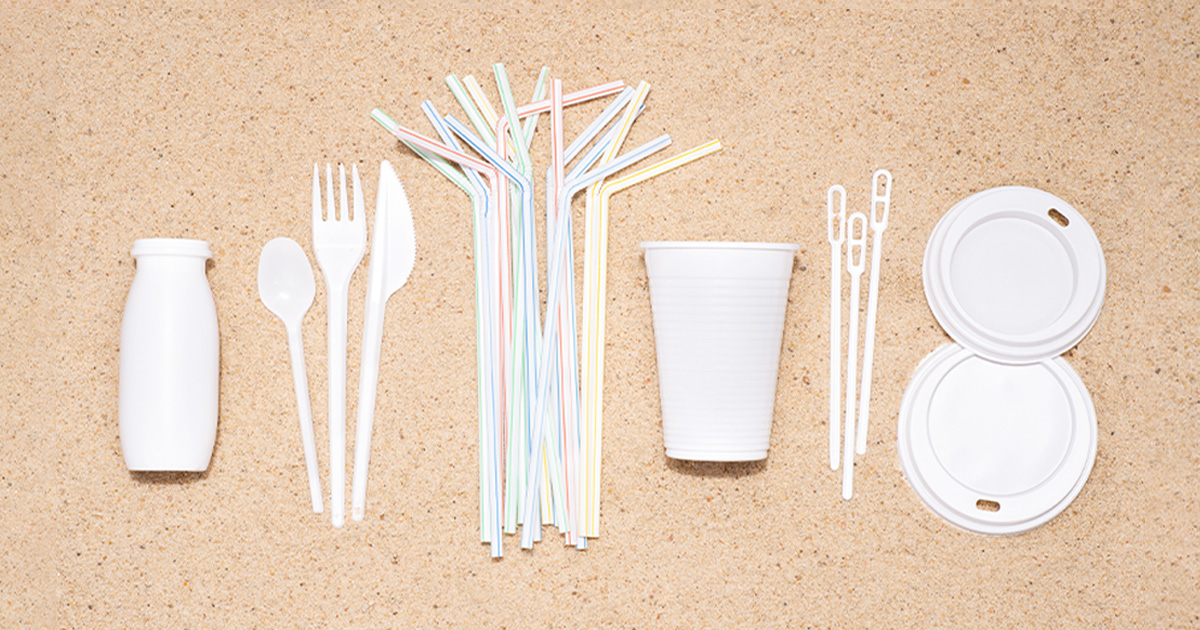
Interior Department Announces Progress to Phase Out Single-Use Plastics Across Public Lands
Secretary Order (S.O.) 3407 aims to protect natural environments by reducing the procurement, sale and distribution of single-use plastic products.
The Department of the Interior recently announced that all bureaus and offices have finalized sustainable procurement plans to phase out single-use plastics on public lands within the next decade. The Department-wide plans support Secretary’s Order (S.O.) 3407, which Secretary of the Interior Deb Haaland signed in June 2022, to reduce the procurement, sale and distribution of single-use plastic products. S.O. 3407 is part of the implementation of President Biden’s Executive Order 14057, which calls for federal agencies to take actions to reduce and phase out procurement of single-use plastic products to the maximum extent practicable. Secretary Deb Haaland highlighted this effort in remarks as part of the White House Summit on Building Climate Resilient Communities.
“The Interior Department has an obligation to play a leading role in reducing the impact of plastic waste on our ecosystems and our climate. As the steward of the nation’s public lands, and as the agency responsible for the conservation and management of fish, wildlife, plants and their habitats, we are uniquely positioned to do better for our Earth,” said Secretary Deb Haaland. “Our Department-wide efforts are inspiring bold action to phase out single-use plastic products as we seek to protect our natural environment and the surrounding communities.”
Since the signing of S.O. 3407, Interior facilities across the nation, including national parks, national wildlife refuges and conservation lands, have made progress with key efforts that include: installing water bottle filling stations, increasing recycling, and working with concessionaires to reduce sales of single-use plastic bottles, as well as use of plastic utensils, bags, straws and other plastic products.
Bureaus and offices will continue to work collaboratively within the Department, as well as with other agencies and partners, to share and evolve best practices and update their plans accordingly. The recently published plans will be updated in 2024 to include stepdown targets and additional details on where and how single-use plastics will be eliminated.
Plastic waste is a priority environmental problem. Less than 10% of the plastic that has ever been produced has been recycled, and recycling rates are not increasing. Plastics, including unnecessary and easily substituted single-use plastic products, are devastating fish and wildlife around the world.
Our ocean is downstream of all pollution sources and bears the brunt of the impacts: of the more than 300 million tons of plastic produced every year for use in a wide variety of applications, at least 14 million tons of plastic end up in the ocean every year. Plastic also makes up 80% of all marine debris found from surface waters to deep-sea sediments. Marine species ingest or are entangled by plastic debris, which causes severe injuries and death, and plastic pollution threatens food safety and quality, human health, coastal tourism and contributes to climate change.
Bags made of paper, bioplastics and composite can replace single-use plastic bags, as can reusable cloth or other alternatives. Bottles made of bio-based plastic, glass and aluminum, and laminated cartons can replace single-use plastic bottles, as can reusable bottles made of glass, aluminum or stainless steel. Similar materials can replace single-use plastic in food packaging, beverage cups, tableware, and other products, giving the Interior Department a range of options to consider in this effort to account for the variety of geographic locations and social contexts in which Departmental facilities operate.
To learn how groups can ditch single-use plastics while traveling, click here.
Courtesy of Groups Today.

